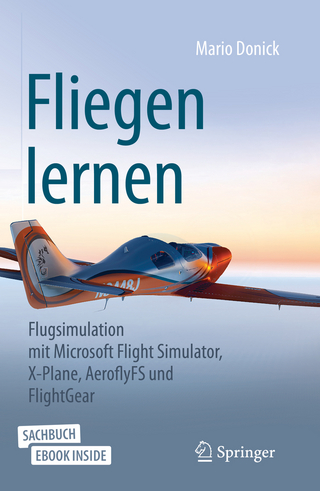Object Recognition
Springer London Ltd (Verlag)
978-1-85233-398-0 (ISBN)
A — Introduction and Acquisition Systems.- 1. Introduction.- 2. Stereo Matching and Reconstruction of a Depth Map.- A — Summary.- B — Database Creation and Modelling for 3-D Object Recognition.- 3. 3-D Object Creation for Recognition.- 4. Object Representation and Feature Matching.- B — Summary.- C — Vision Systems — Case Studies.- 5. Optical Character Recognition.- 6. Recognition by Parts and Part Segmentation Techniques.- 7. 3-D Object Recognition Systems.- C — Summary.- Appendices.- A. Vector and Matrix Analysis.- A.1 Preliminaries.- A.1.1 Determinant.- A.1.2 Inversion.- A.2 Derivatives and Integrals of Matrices.- A.3 Vectors and Vector Analysis.- A.4 Eigenvalues and Eigenvectors.- A.5 Quadratic Forms.- B. Principal Component Analysis.- C. Optimisation Fundamentals.- C.1 Fundamental Concepts.- C.2 Linear Least Squares.- C.3 Non-linear Optimisation.- C.4 Direct Search Techniques.- C.4.1 Simplex Method.- C.5 Gradient Methods.- C.5.1 Newton-Raphson Technique.- C.5.2 Davidon-Fletcher-Powell.- C.6 Simulated Annealing.- D. Differential Geometry — Basic Principles.- E. Spline Theory.- E.1 Spline Definitions.- F. Detailed Derivation of Registration Equations.- References.
| Reihe/Serie | Advances in Pattern Recognition |
|---|---|
| Zusatzinfo | XIV, 350 p. |
| Verlagsort | England |
| Sprache | englisch |
| Maße | 155 x 235 mm |
| Themenwelt | Informatik ► Grafik / Design ► Digitale Bildverarbeitung |
| Mathematik / Informatik ► Informatik ► Software Entwicklung | |
| Informatik ► Theorie / Studium ► Künstliche Intelligenz / Robotik | |
| Technik ► Elektrotechnik / Energietechnik | |
| ISBN-10 | 1-85233-398-7 / 1852333987 |
| ISBN-13 | 978-1-85233-398-0 / 9781852333980 |
| Zustand | Neuware |
| Haben Sie eine Frage zum Produkt? |
aus dem Bereich




